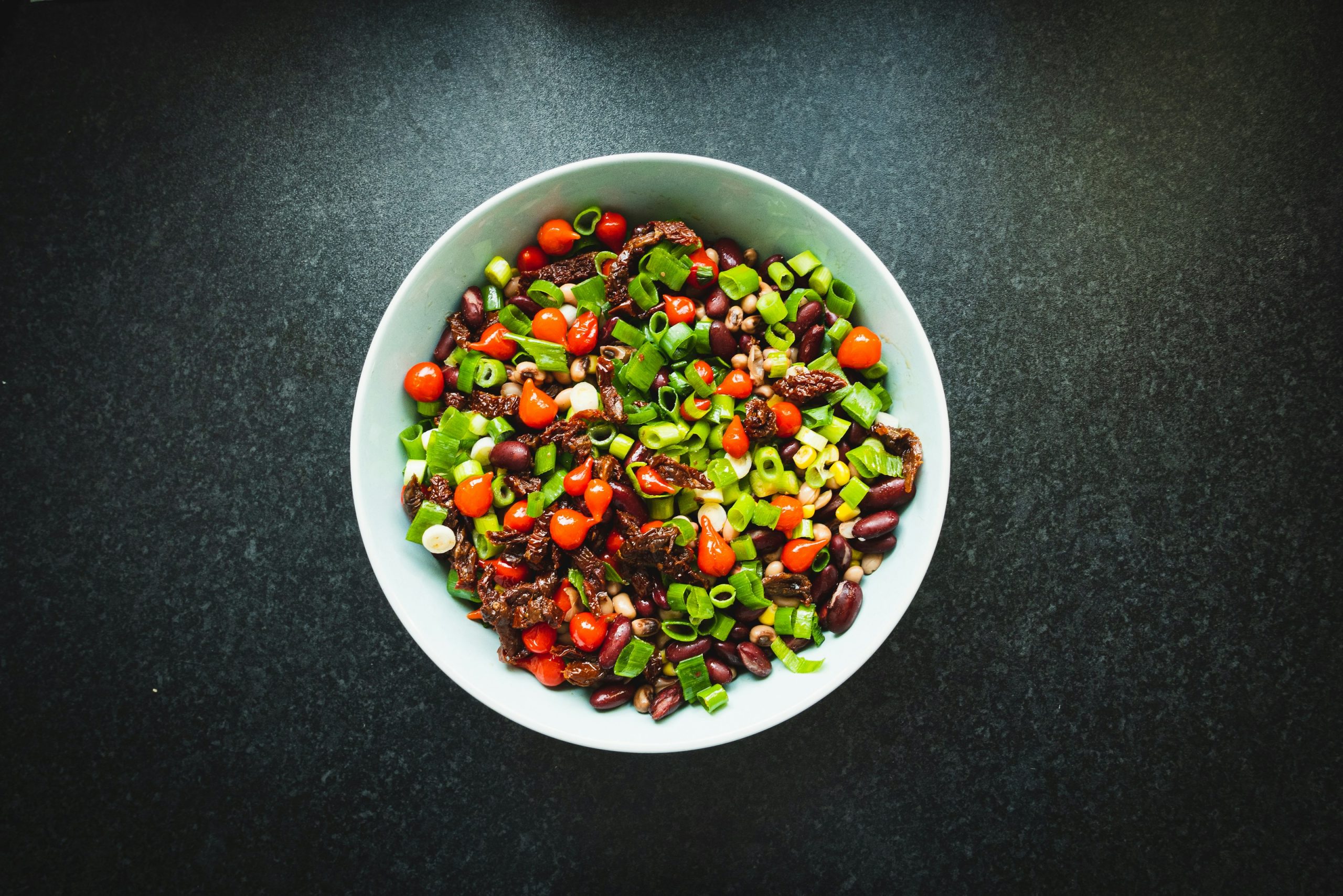In the past, adding an ingredient like capsaicin to recipes was all about spicing things up – and that was part of Reynald Grattagliano’s rationale for incorporating it into Arkay Beverages’ entire range of non-alcoholic spirits, which includes NA gin, rum, vodka, whisky, and tequila alternatives: to help mimic the kick of traditional alcohol.
However, capsaicin, which is the active compound that gives chili peppers their characteristic heat, has a lot more to offer, as it turns out. It also comes with a slew of functional perks, including digestive support and pain relief.
In fact, capsaicin is often used in pain-relieving creams and patches, which is how Grattagliano got the idea to incorporate it into NA spirits in the first place.
“One day, I had back pain, and I put a patch on my back, and then, I put my hand on my mouth, and it burned,” Grattagliano told FI.
Grattagliano had been working on his first NA liquor but struggled to replicate the burn at the finish.
“So, I looked at formula and saw capsaicin. Then, I put a little bit of it inside the drink. And boom, I created Arkay Beverages.”
In addition to its pain-relieving properties, capsaicin can also boost metabolism by increasing body temperature through thermogenesis, which can also help burn calories, suppress appetite, and support fat oxidation in the process.
Furthermore, research reveals it may also help reduce chronic inflammation markers associated with arthritis, psoriasis, and inflammatory bowel disease as well.
Putting the “Fun” in “Functional”
According to Grattagliano, adding capsaicin to zero-proof beverages can also supply a relaxing, uplifting effect to those who imbibe.
“Capsaicin has a little effect that makes you feel happy, almost like you’d feel from liquor, but without being drunk,” Grattagliano told FI.
“This is why, in Mexico, people eat chili peppers to feel happy. It makes you laugh. It makes you different – not different from being drunk, but different from being happy and enjoying your life,” added Grattagliano.
Nuance and Complexity
This trend extends beyond the NA beverage space.
While the terms “spicy” and “hot” used to be interchangeable, modern consumers are seeking more complexity from their spice experiences – especially younger demographics like Gen Z and Millennials, who were essentially raised on international cuisines like Asian and Latin American that pack a punch of heat.
These generations are also drawn to spicy snacks and entrees for the sensory thrills they can deliver.
Brands like Yellowbird are capitalizing on these nuanced cravings via innovative condiments like Plum Reaper Hot Sauce, which draws inspiration from Cantonese influences.
According to the “Snacking Flavors for 2026” report released by Mintel and Black Swan Data, “Consumers are split between mild heat lovers and daredevils who want to breathe fire – but both are looking for customizable options.”
The report highlighted a range of global chili trends that are emerging as of late – from Mexican guajillo chilis to North African Harissa and Asian options on restaurant menus.
Formats have also become more important to modern consumers, such as spicy powders, sauces, fermented pastes, and dried chilis.
“While condiments like Sriracha and Hot Honey remain popular, Korean pastes made from Gochugaru and dried products have an upwards trajectory. These formats are more convenient – remaining fresh for longer,” reads the report.
The Food Institute Podcast
Several economic headwinds indicate the consumer is being financially stretched, but we all need to eat – so what are consumers actually buying at the grocery store? Nik Modi of RBC returns to The Food Institute Podcast to discuss channel differentiation, consumer product selection, and other macro trends.












